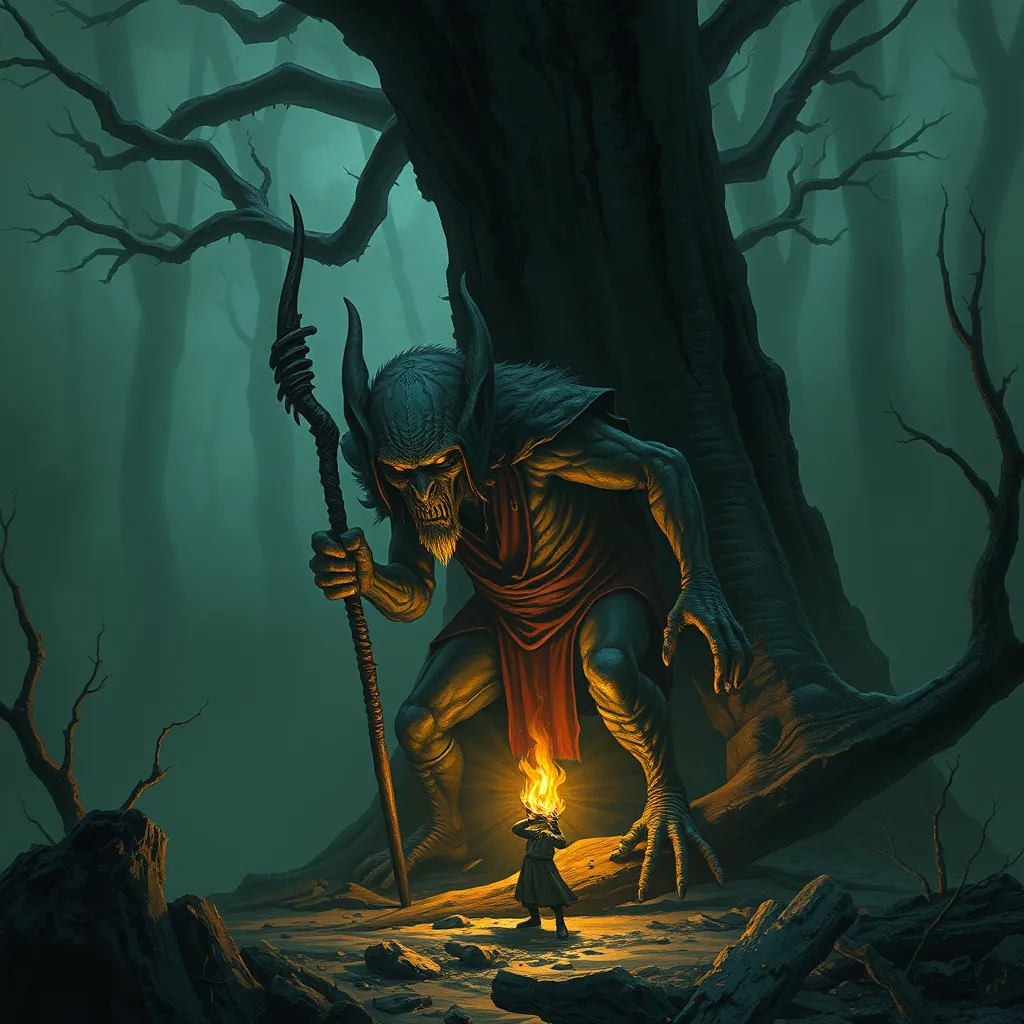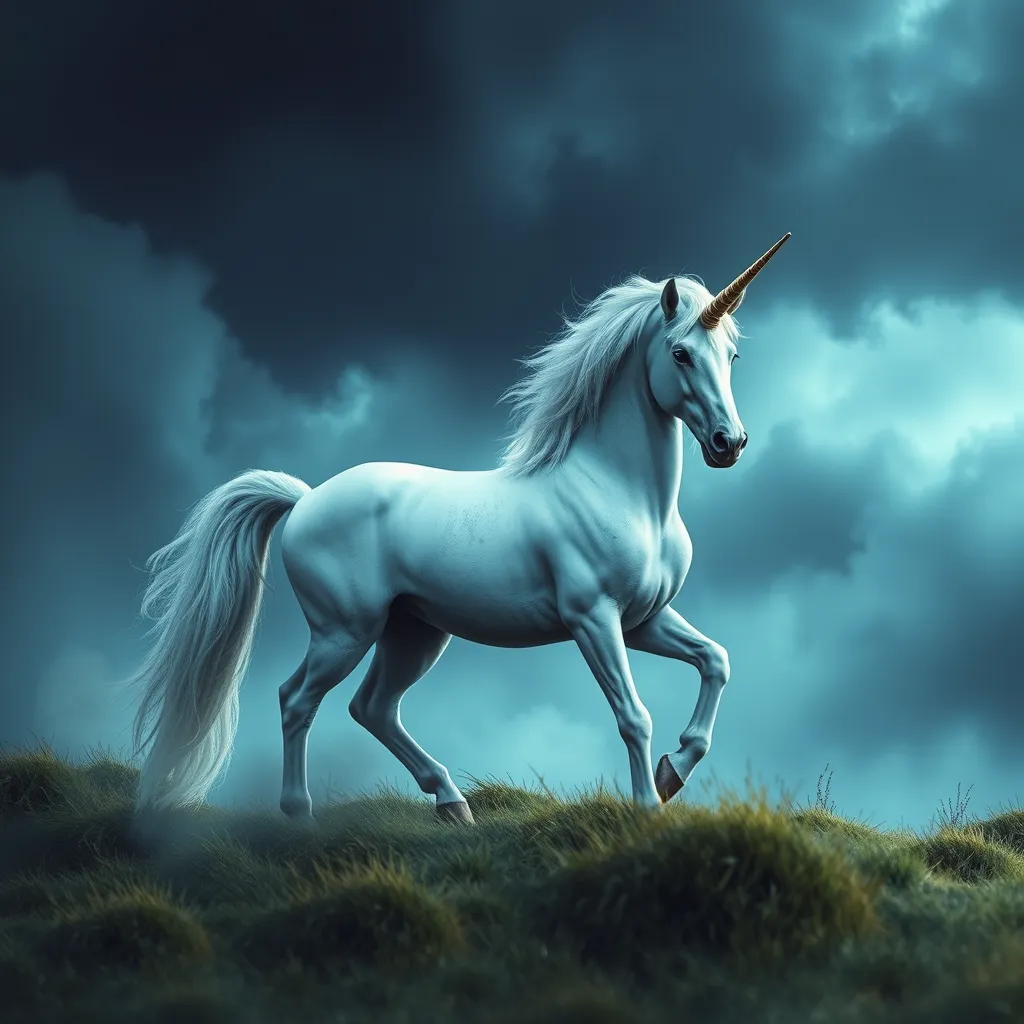The Goblin’s Shadow: Folklore of the Slavic and Baltic Regions
I. Introduction
Folklore plays a crucial role in shaping the cultural identity of the Slavic and Baltic regions, reflecting the beliefs, values, and traditions of these societies. Among the myriad of characters that populate these tales, goblins stand out as particularly fascinating figures. Their dual nature as both mischievous and malevolent beings adds depth to the stories in which they appear, making them key players in the moral and ethical lessons embedded within Slavic and Baltic folklore.
II. Historical Context of Slavic and Baltic Folklore
The origins of Slavic and Baltic mythology can be traced back to ancient times, where oral traditions flourished. These early myths were influenced by the natural world, agrarian practices, and the spiritual beliefs of the people. As these cultures interacted with neighboring societies, they absorbed various elements, enriching their folklore.
Key influences on Slavic and Baltic mythology include:
- Interactions with the Finno-Ugric peoples
- The impact of Christianity and its incorporation into existing pagan beliefs
- The influence of Germanic and Scandinavian folklore
III. Characteristics of Goblins in Folklore
Goblins exhibit a variety of physical and behavioral characteristics that vary across different cultures. Generally, they are depicted as small, humanoid creatures, often with exaggerated features such as large ears, pointed noses, and mischievous grins. Their appearance can differ significantly depending on the region:
- Slavic Goblins: Typically portrayed as green or grey, with a knack for trickery.
- Baltic Goblins: Often described as being more sinister, with darker features and a more malevolent demeanor.
Common traits and behaviors attributed to goblins include:
- Trickery and cunning
- Guardianship of treasure and hidden knowledge
- Interaction with humans, often leading to mischief or misfortune
IV. The Role of Goblins in Folktales
In many folktales, goblins serve as tricksters, challenging the protagonists and teaching valuable lessons. Their actions often lead to moral dilemmas, highlighting themes of cleverness, humility, and the consequences of greed.
Some notable folktales featuring goblins include:
- The Goblin and the Farmer: A tale that illustrates the dangers of greed and the importance of humility.
- The Clever Girl: A story where a girl outsmarts a goblin, showcasing wit and intelligence over brute force.
V. Regional Variations of Goblin Folklore
While goblins are a common thread in the folklore of both Slavic and Baltic regions, their interpretations can differ significantly. In Slavic tales, goblins are often depicted as tricksters, while in Baltic folklore, they may take on a more ominous role.
Case studies of goblins in various cultures include:
- Russian Folklore: Goblins, known as “domovoi,” are believed to protect the home but can turn vengeful if disrespected.
- Polish Folklore: Borowy goblins are known to guard the forests, often leading travelers astray.
- Lithuanian Folklore: Goblins are associated with mischief in rural settings, often causing disturbances during harvest time.
- Latvian Folklore: Similar to their Lithuanian counterparts, Latvian goblins often engage in playful yet disruptive behavior.
VI. Goblins in Rituals and Superstitions
In many Slavic and Baltic cultures, goblins play an integral role in traditional rituals and superstitions. These practices often stem from the belief that goblins can influence the fortunes of humans.
Examples include:
- Offering food or gifts to appease goblins, particularly during harvest time.
- Rituals for protection against mischievous goblins, often involving charms or protective symbols.
Superstitions surrounding goblins are prevalent in daily life, including:
- Avoiding certain actions that may provoke goblins, such as leaving food out at night.
- Beliefs that goblins can bring bad luck or misfortune if angered.
VII. Modern Adaptations and Representations
In recent years, goblin folklore has seen a resurgence in contemporary literature and media. Authors and creators are increasingly drawing on Slavic and Baltic traditions to craft new narratives that resonate with modern audiences.
Examples of modern adaptations include:
- Fantasy novels that incorporate goblin lore into their world-building.
- Films and television series that reinterpret traditional stories for a new generation.
This renewed interest highlights the cultural relevance of these ancient tales and their ability to adapt to contemporary themes and issues.
VIII. Conclusion
The enduring legacy of goblins in Slavic and Baltic folklore speaks to the rich tapestry of cultural narratives that have shaped these societies. As both tricksters and guardians, goblins embody the complexities of human nature and the moral lessons that accompany our interactions with the unknown.
Preserving these cultural narratives is essential, as they offer insight into the values and beliefs of past generations, while also providing a foundation for future storytelling. As interest in Slavic and Baltic folklore continues to grow, so too does the appreciation for the goblins that inhabit these enchanting tales.



